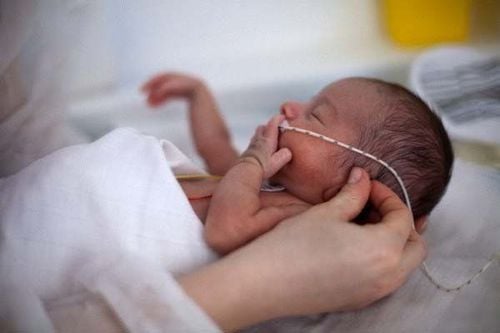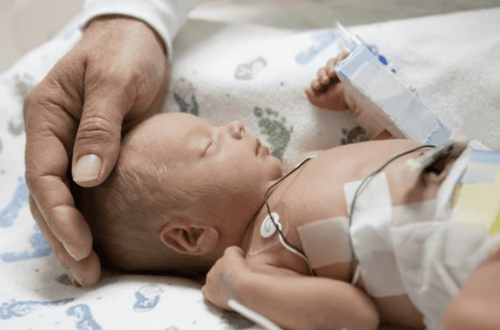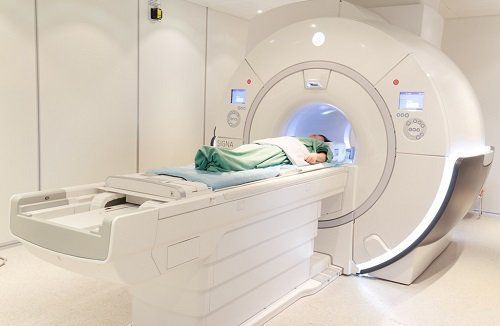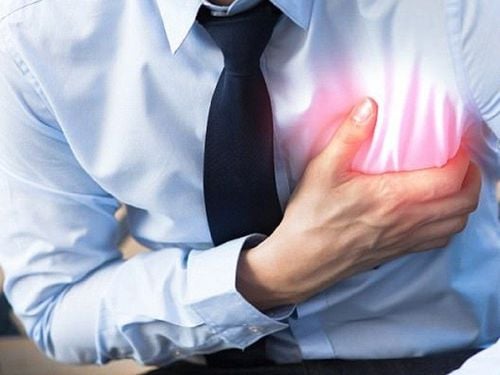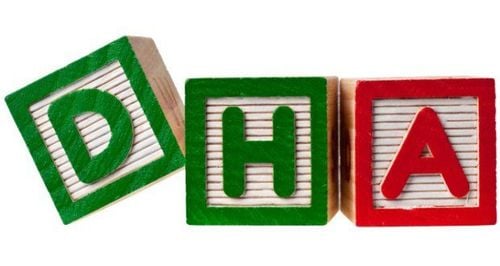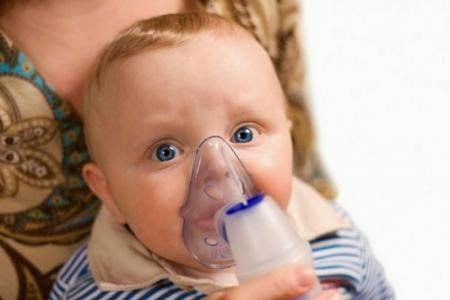This is an automatically translated article.
Different organs can work together to perform the same common function as the parts of the digestive system that work together to remove waste. The human body systems work together to create a complete function.1. Circulatory system
The circulatory system is a network of blood, vessels, and lymph. The circulatory system transports oxygen, hormones, and essential nutrients into the cells of the body to nourish it and help it function properly.The main function of the circulatory system is to transport nutrients and gases to cells and tissues throughout the body. This is done by the circulation of blood. The two components of this system are the cardiovascular and lymphatic systems.
The cardiovascular system includes the heart, blood and blood vessels. The beating of the heart prompts the cycle of the heart to pump blood throughout the body.
The lymphatic system is a vascular network of tubes and ducts that collect, filter, and return lymph to blood circulation. As a component of the immune system, the lymphatic system produces and circulates immune cells called lymphocytes. Lymphatic organs include lymph vessels, lymph nodes, thymus, spleen, and tonsils.
Circulatory system includes:
Heart Lung Brain Kidney
Trắc nghiệm: Bận rộn có ảnh hưởng đến sức khỏe của bạn không?
Cuộc sống hiện đại khiến chúng ta vì quá bận rộn mà quên chăm sóc sức khỏe cho chính mình. Ai cũng biết rằng lịch trình làm việc cả ngày có thể khiến bạn kiệt sức, nhưng cụ thể bận rộn ảnh hưởng thế nào tới sức khỏe? Hãy cùng làm thử bài trắc nghiệm dưới đây.
2. Respiratory system
Every cell in the body needs oxygen to function. The respiratory system includes the airways, pulmonary vessels, and lungs, providing oxygen to the organs in the body and removing waste gases.The respiratory system in the human body includes:
Nose Lungs Larynx Bronchi

3. Digestive system
The digestive system helps your body convert food into nutrients through chemical breakdown. This process takes place through a system of organs such as the esophagus, stomach, liver, pancreas, and intestines.The digestive system breaks down food polymers into smaller molecules to provide the body with energy. Digestive juices and enzymes are secreted to break down carbohydrates, fats and proteins in food.
Digestive system includes:
Mouth: tongue, teeth Laryngeal diaphragm Stomach Spleen Liver: gallbladder Pancreas Small intestine
4. Skeletal system
The skeletal system forms its basic structure. The 206 bones in the body also make blood cells, store important minerals and release hormones necessary for life.
5. Muscular system
The muscular system allows movement through muscle contraction. Humans have 3 types of muscles: cardiac, smooth, and skeletal muscles.Skeletal muscle is made up of thousands of cylindrical muscle fibers. The fibers are linked together by connective tissue made up of blood vessels and nerves.
Muscles often attach to two different bones, so when muscles contract, they make bones move, helping the body move in space, performing labor movements.
6. Nervous system
Consists of the brain, spinal cord and nerves, responsible for controlling the operation of all organs, making the body adapt to changes in the external and internal environment. Especially in humans, the mature and complex brain is the basis of all thinking activities. The nervous system operates essential bodily functions such as breathing and digestion.7. Excretory system
Urine consists of 2 kidneys, a ureter and a bladder. The kidney is the organ that filters out the excess and harmful substances from the blood to excrete the body. In the skin, there are sweat glands that are also responsible for excretion.Urine excretory system helps to remove waste and maintain water balance in the body. Other aspects of its function include regulating electrolytes in body fluids and maintaining the normal pH of the blood. The major structures of the urinary excretory system include the kidneys, urinary bladder, urethra, and ureters.
8. Endocrine system
The endocrine system regulates important processes in the body including growth, homeostasis, metabolism, and sexual development. Endocrine organs secrete hormones to regulate body processes. The main endocrine structures include the pituitary gland, the pineal gland, the thymus, the ovaries, the testes and the thyroid gland, which secrete hormones that travel through the bloodstream to balance the physiological activities of the environment in the body. should have a guiding role like the nervous system9. Reproductive system (female)
The female reproductive system includes all the organs that help a woman conceive and give birth.Female reproductive system includes:
Vagina Cervical Ovaries Uterus
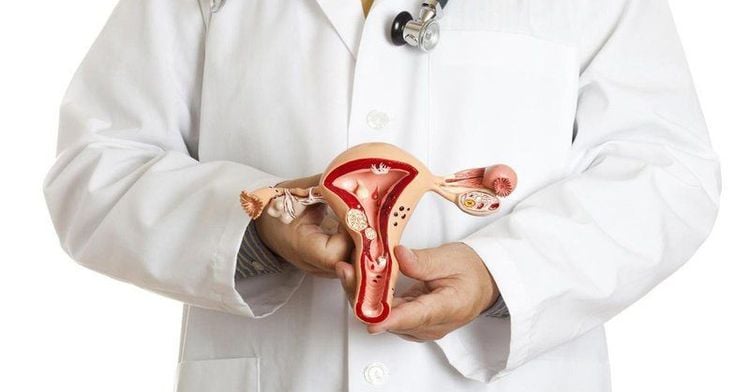
10. Reproductive system (male)
The male reproductive system includes organs in the gonads. The main organs are the gonads, which produce sperm.Male reproductive system includes:
Penis Testicles Epididymis vas deferens
Please dial HOTLINE for more information or register for an appointment HERE. Download MyVinmec app to make appointments faster and to manage your bookings easily.
Article referenced source: Healthline.com



